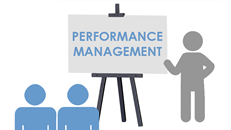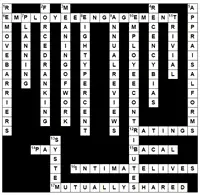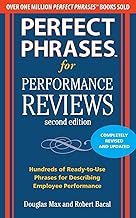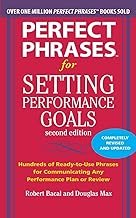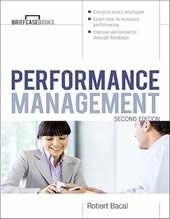Hooper-Bacal Performance Management: Powerful, Fast, Effective
Editor's Note: In search of a modern method, a method that CUTS the time needed to manage and review performance, I harkened back to where I learned many of the points included in my best selling books on the subject, and decided to communicate a model of performance management that is far simpler and powerful than what most companies use.
This is the first article in a series. I hope to present to you forms, and additional explanations in future.
Most of us have not had the experience of working for a manager who was adept at managing and reviewing employee performance. Most managers "manage" performance by doing an annual review as a stand alone process, which usually fails miserably at the core goal: helping employees improve continuously.
After selling several hundred thousand books on the topic, I wanted to share what works -- not just as a theoretical model, but something that works in most real world situations, regardless of the system that human resources expects. It's not form based. It doesn't rely on ratings.
What it does do is create a context where conversation about performance, and how to improve it occurs all year round, and the manager is kept fully informed about what's going on with the various functions and projects in the organization. I've labelled this the Hooper-Bacal Method, since it's based on my experience as an employee, working for a stellar manager who used the system -- Sharon Hooper.
The Basic Elements Of The Hooper-Bacal Method
Negotiate Goals With Employees For Each Year
Every year, Hooper sat down with each employee (there were about fifteen total employees) to discuss the specific goals and objectives (what they were expected to achieve) for the coming year. Those goals were priorized to reflect the departmental priorities.
Some important aspects: While Sharon could assign goals, often
the process was one of negotiation, so that no employee ended up with an unmanageable workload, and the interests and skills of individuals could be both recognized and harnessed.. Employees could, at least sometimes, choose or volunteer to take on specific projects or tasks, and that lead to significant employee engagement (before the term was coined. Second, goals and objectives were never etched in stone, since during the year, new and changing demands were placed on the department, which could change departmental priorities.
At the end of the individual meeting, the employee was asked to complete a very simple form with the agreed upon goals and objectives and their priorities, and return it to "the boss". This turned out not to be a paper-chase, but a way for Sharon to check that the employee actually understood clearly what was expected of him/her.
As an additional "twist", new projects and priorities would often be discussed at regular staff meetings, where employees could swap and trade objectives, or volunteer to take on additional ones.
Ongoing Communication Made It Work
Sharon set monthly progress report meetings with each employee to discuss how things were going in pursuit of the goals and objectives. In addition, she initially asked that employees complete a progress report form, again simple, that took about ten minutes to complete, and to serve as the basis of the meeting discussion. The process may sound tedious, but in fact, the meetings could be as short as five minutes. Later on, Sharon become annoyed that employees didn't seem to complete these forms on time, so she did what a smart manager does -- she eliminated them, and so the meetings became the focus.
Important Notes: Flexibility, and practicality important here. Most notable is that during these meetings what would often be discussed was
where the goals were being blocked and why. Often Sharon would sally forward to clear any barriers that came up in the regular meetings. She became a partner in achieving the goals, not an evaluator or reviewer.
There's more, though. Not only did Sharon have these regular update meetings, but she "managed by walking around". I doubt there was much that went on with staff, both personal and work related that she didn't know about, because she "visited" people and had just plain old conversation on the fly. Discussions over coffee breaks also served to inform her of what was going on, since she was often present. It was all informal.
The Annual Review
Policy dictated that there be some annual documentation -- some kind of formal performance review process. In the Hooper-Bacal Method, this was a formality, never surprising the employee or the manager. The "forms" were so insignificant in the process that I can't even recall what they were -- certainly not those awful rating forms. The meetings were, once again, short, sometimes as little as fifteen minutes, and while the mere phrase "performance review" created some anxiety, for the most part, once employees "got" that it wasn't a case of being shocked by bad news, the annual review became a much more comfortable process.
Simple, Practical, Effective
That's it. There's more to this, of course, but it worked. In future columns, I'll explain a lot more about it so stay tuned.
